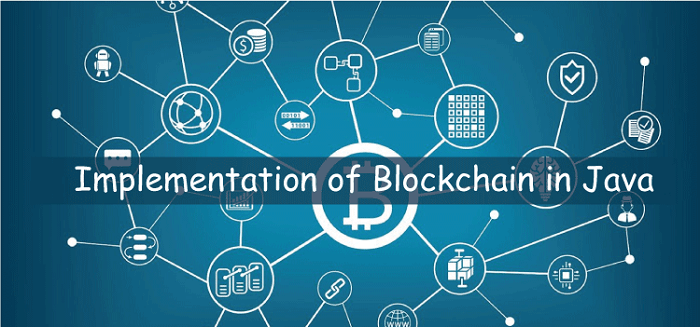Implementation of Blockchain in Java
Blockchain is a cutting-edge technology that has the ability to completely change how we safely store and move data. With the use of distributed ledger technology, transactions are securely and impenetrably recorded. Although the technology is most frequently linked to digital currencies like Bitcoin, its potential uses go well beyond that. Java is a well-liked programming language that is frequently employed in the creation of business applications. It has been more popular in recent years to use blockchain technology with Java-based apps. We shall examine how blockchain is implemented in Java in this post. Describe a blockchain.Let's first define a blockchain before moving on to Java's implementation of the technology. A blockchain is simply a network of computers-based distributed digital ledger of transactions. Multiple transactions are recorded in each block of the chain, and once a block has been added to the chain, it cannot be changed or removed. The decentralization of blockchain technology is a key characteristic. A blockchain is dispersed among a network of nodes, as opposed to traditional databases, which are often centralized and managed by a single company. Each node has a copy of the complete chain. Because there is no single point of failure or weakness, the blockchain is very safe. Implementing Blockchain in JavaLet's examine the Java implementation of blockchain now that we have a fundamental idea of what it is. The Hyperledger Fabric, Ethereum, and Corda blockchain frameworks are just a few of the ones that run on Java. The main emphasis of this paper will be Hyperledger Fabric, one of the most popular blockchain frameworks for business applications. A permissioned blockchain architecture made specifically for business use cases is called Hyperledger Fabric. It has a flexible, modular architecture that enables customisation. Smart contracts, which are self-executing contracts that may automate corporate procedures, are also supported by Fabric. To implement a blockchain in Java using Hyperledger Fabric, we need to follow these steps:
A collection of APIs offered by Hyperledger Fabric may be used to communicate with the blockchain network. These APIs include the Chaincode API, which enables us to create and deploy smart contracts, and the Fabric Gateway API, which offers a streamlined interface for communicating with the blockchain network. Let's look at some of Hyperledger Fabric's important attributes and how they make it a good option for developing blockchain in Java.
The Linux Foundation maintains Hyperledger Fabric, an open-source blockchain platform. It has a huge and active developer and contributor community, which means it is always changing and improving. Finally, integrating blockchain in Java with Hyperledger Fabric provides several advantages for commercial applications. It has a modular architecture, enables smart contracts, and is built for speed and scalability. We can construct safe and dependable blockchain apps for a range of use cases by using the strength of Java and the flexibility of Hyperledger Fabric.
Next TopicSmart Contracts in Blockchain Technology
|
 For Videos Join Our Youtube Channel: Join Now
For Videos Join Our Youtube Channel: Join Now
Feedback
- Send your Feedback to [email protected]
Help Others, Please Share










